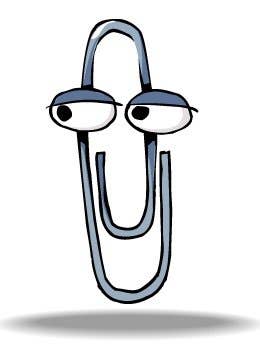Teaching Players How to Play Your Game
Hogrocket creative director Pete Collier offers his thoughts on a crucial design area
Self-discovery and self-realisation are worth so much more to a player than anything you have to say: Make it as easy as possible for this to happen, that's part of the skill of being a good teacher. Designing your tutorial in a restrictive way that only allows for the game to play according to your lesson plan is dumb, don't do it.
Don't try to be a teacher: People don't like having that psychological inferiority of having to be taught something. So the less you rub it in their faces the better. Aim to be more of companion helping to guide them and no I don't mean a ^@#!*#% Microsoft paperclip.

Don't give the answers before the questions: Sounds simple doesn't it, but if people haven't asked the questions then they won't see the relevance of your answers. In other words present them with the problem before giving them the solution.
Finally, here is my number one tip, if you go away with anything from this then let it be this, and it'll sound obvious, but here goes...
Don't be a bastard: There you go I said it. Any hint of you revelling in the players' lack of understanding by mocking or teasing etc is incredibly naughty and a bit silly because this more than anything else will make the player hate you and your stupid game. They are doing YOU the favour by wanting to learn how to play YOUR game, so show them some respect.
So there it is, it's a pretty simple list but comprises everything I've learnt and stands me in good stead. Do you have any more tips that you can add? Have I missed something? Please do add them on the comments below. Finally good luck with tackling this part of your game, it's a fascinating and challenging area of design, let me know how you get on.
Pete Collier is creative director and co-founder at Hogrocket.
